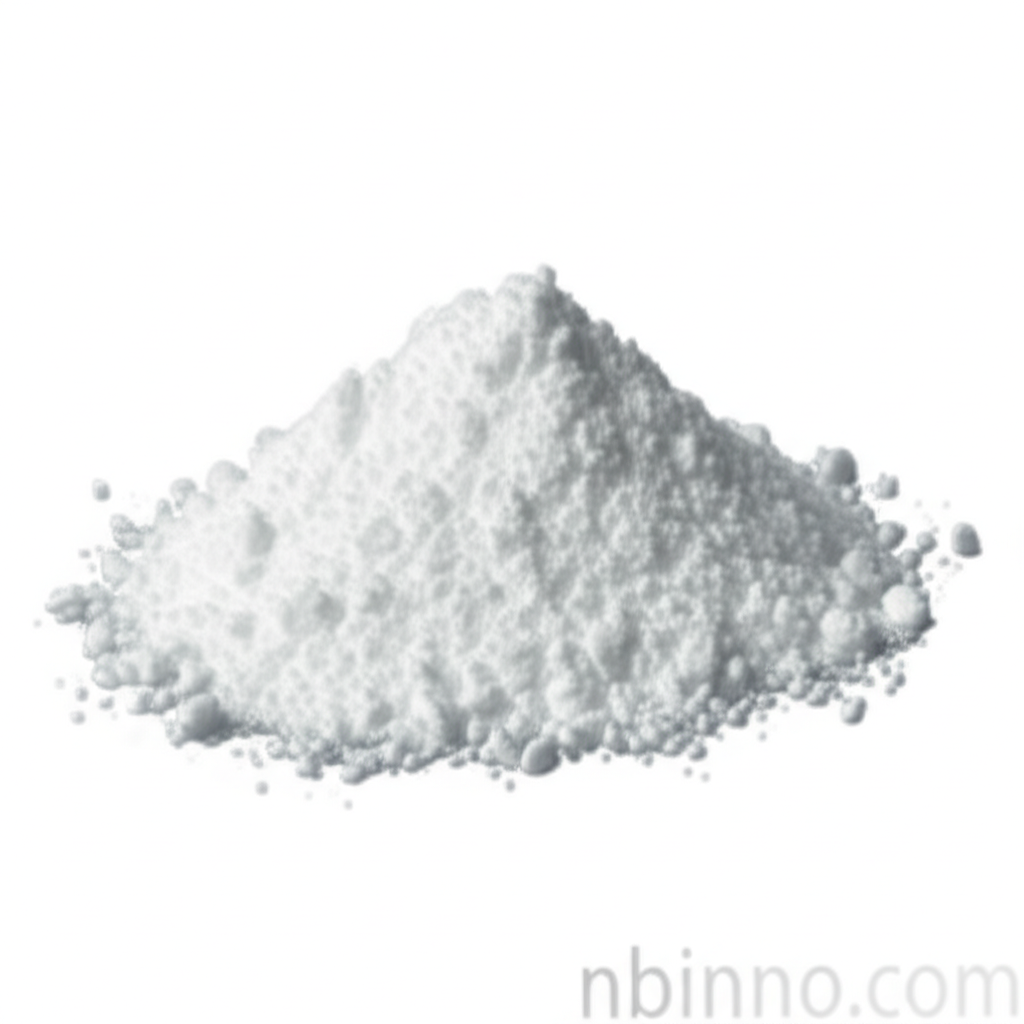Unlock Superior Paint Performance with Zinc Stearate
Discover how this versatile additive enhances density, finish, and durability in your coatings.
Get a Quote & SampleProduct Core Value

Zinc Stearate
Zinc stearate is a key additive renowned for its ability to significantly improve the overall quality and performance of paints and coatings. Its unique properties contribute to enhanced texture, durability, and aesthetic appeal.
- Achieve uniform color distribution and enhanced gloss with improved pigment dispersion, a crucial aspect of zinc stearate in paint formulation.
- Enhance water resistance in your coatings, a key benefit of using zinc stearate for water resistance in paints.
- Benefit from its role as a matting agent, providing the desired matte finish and controlling gloss levels effectively, a core function of zinc stearate as matting agent.
- Experience improved adhesion properties and sandability, contributing to a superior surface finish, as highlighted in the benefits of zinc stearate in paints.
Advantages of Zinc Stearate
Enhanced Surface Smoothness
Zinc stearate provides a smoother finish and improves tactile qualities, enhancing the overall feel of the coated surface, a key aspect of improving paint density with zinc stearate.
Superior Matting Effect
As a matting agent, it effectively diffuses light, resulting in a softer, more subdued finish, which is crucial for the uses of zinc stearate in coatings.
Increased Durability and Protection
Its hydrophobic nature improves water resistance, protecting against moisture damage and extending the lifespan of coatings, a significant advantage of zinc stearate for water resistance.
Key Applications
Paints and Coatings
Zinc stearate is widely used in paints and coatings to improve pigment dispersion and provide a desirable matte finish, supporting the uses of zinc stearate in coatings.
Wood Paints
For high-grade PU and PE wood paints, it ensures smooth application and a high-quality finish, aligning with enhancing paint finish with zinc stearate.
Inks
In high-quality inks, it aids in good mixing, better stability, and improved performance, contributing to the benefits of zinc stearate in paints.
Pencil Lead Manufacturing
It functions as a dispersant and lubricant in pencil lead, improving product performance and ensuring smooth writing, showcasing the versatility of zinc stearate dispersing agent.
Related Technical Articles & Resources
Why Choose Us?
Leverage our expertise and state-of-the-art infrastructure to accelerate your journey from discovery to commercial success.
Global Experience
With 20 years of R&D, manufacturing, and sales experience, we proudly serve clients across 60 countries and regions worldwide.
Advanced Facilities
Our in-house R&D laboratory, pilot platform, and large-scale production workshop are equipped to meet the audit requirements of global customers.
Seamless Scalability
We facilitate a perfect transition from small-scale lab requirements (grams) to full commercialization (hundreds of tons).
